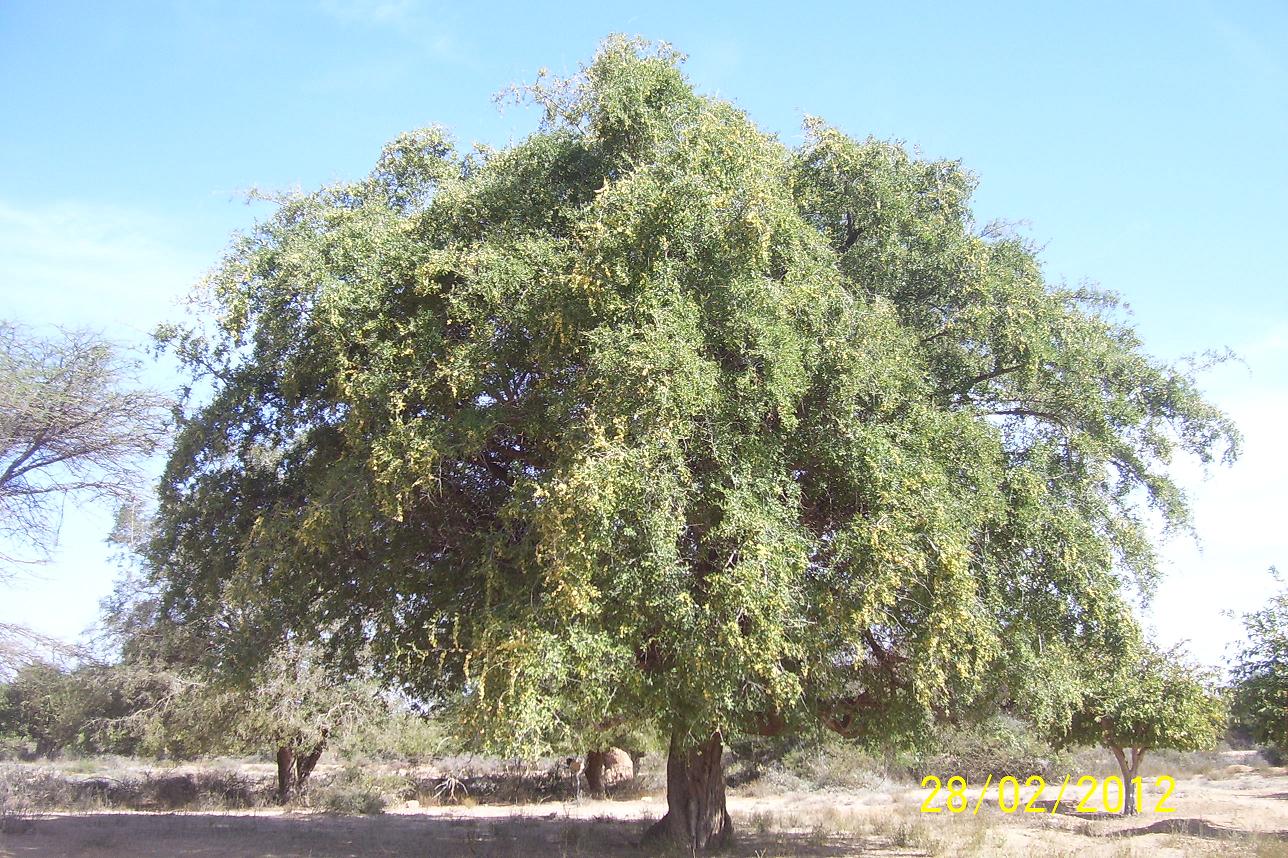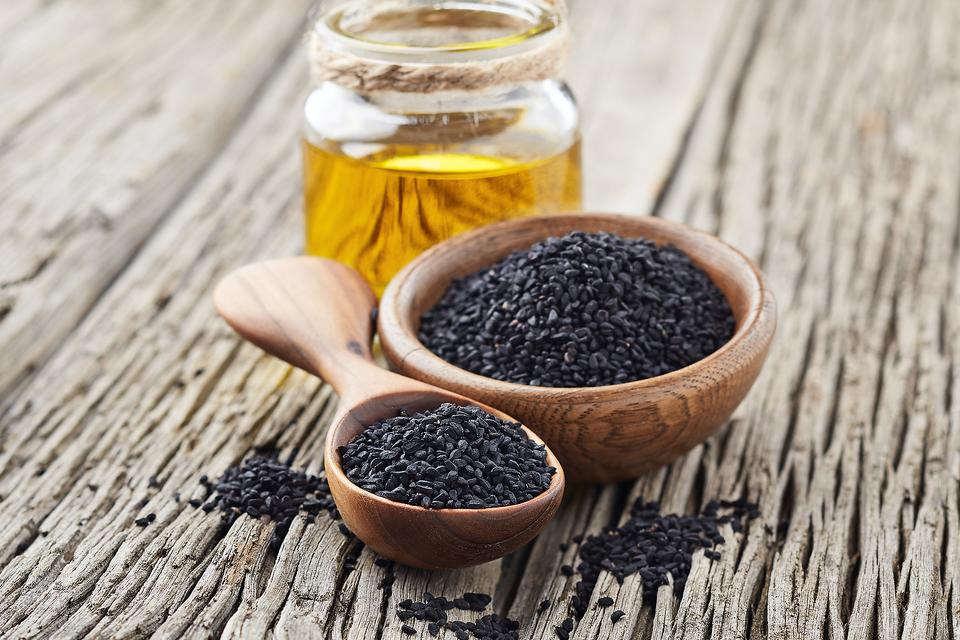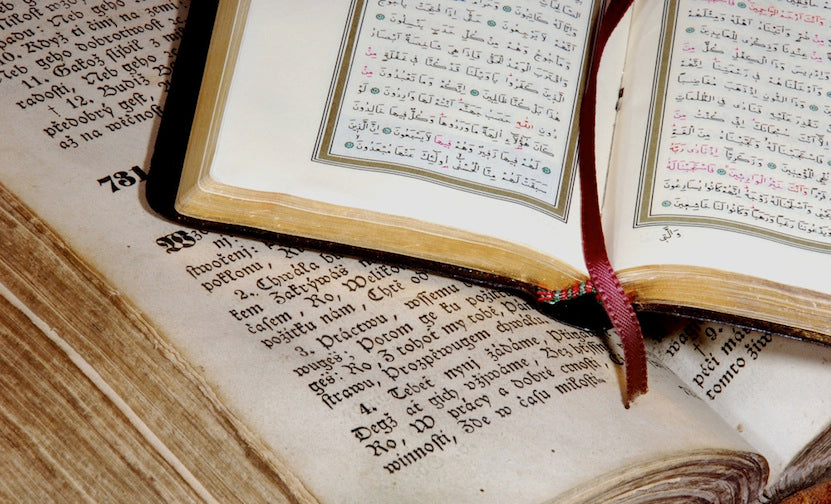The secret of the long loved Sidr honey lies in the story of the wondrous ancient Sidr tree (Ziziphus spina-christi), also known as Lote tree, Christ's Thorn, Jujube or Nabkh tree. Locals have been using all of the parts of this tree to treat different types of health obstructions.
The Sidr leaves, which are rich in calcium, iron and magnesium ,have a therapeutic effect that fights many ill health conditions. Their strong anti-inflammatory and antiseptic properties are used in the making of natural wound disinfectants while the oil extracted from the resin is used for deodorants. Moreover, the leaves are strong components of a herbal shampoo that treats dandruff as well as head lice. As an anti-inflammatory agent, the Sidr leaves soothe swollen eyes, abscesses, furuncles and, on the other hand, combat obesity as well. Even when the Sidr tree is turned into ashes, it is a health benefactor which is used in the treatment of snakebites.
The fruits of the Sidr tree, whose seeds are rich in protein, have a high nutritional value that boosts energy and strengthens the immunity. The root, stem bark are also used for various medicinal purposes.
The roots, stems, and barks, which are used to treat skin and gastrointestinal disorders in certain communities, have elicited interest in scientific research as they have shown the potential to manage cancer, diabetes, and other chronic diseases.
Plant Description:
Sidr tree is a sturdy and deep-rooted tree which has withstood the devastating floods of Eram at Ma'arib Yemen with two other trees: the Tamarisk and the Mustard Tree. The Sidr tree belongs to the "Ziziphus" family of plants. The average tree size is normally between 7-8 meters high. Its branches are soft and gray-yellowish. The flowers of the plant are yellow as well as the round Sidr fruits which turn reddish when ripe.
Habitat:
Sidr plants grow in coastal, desert, and semi-desert areas. The Sidr tree can be found in India, Pakistan, Ethiopia, Egypt, Libya, Sudan, and the in southern part of the Arabian Peninsula. The tree grows extensively in the eastern and northern parts of Yemen and Saudi Arabia and the global demand for Yemeni Sidr Honey is much steeper than the usual.
Nutritional Value:
The fruits of the Sidr tree, whose seeds are rich in protein, have a high nutritional value that boosts energy and strengthens the immunity. The leaves, on the other hand, are rich in calcium, iron, and magnesium.







